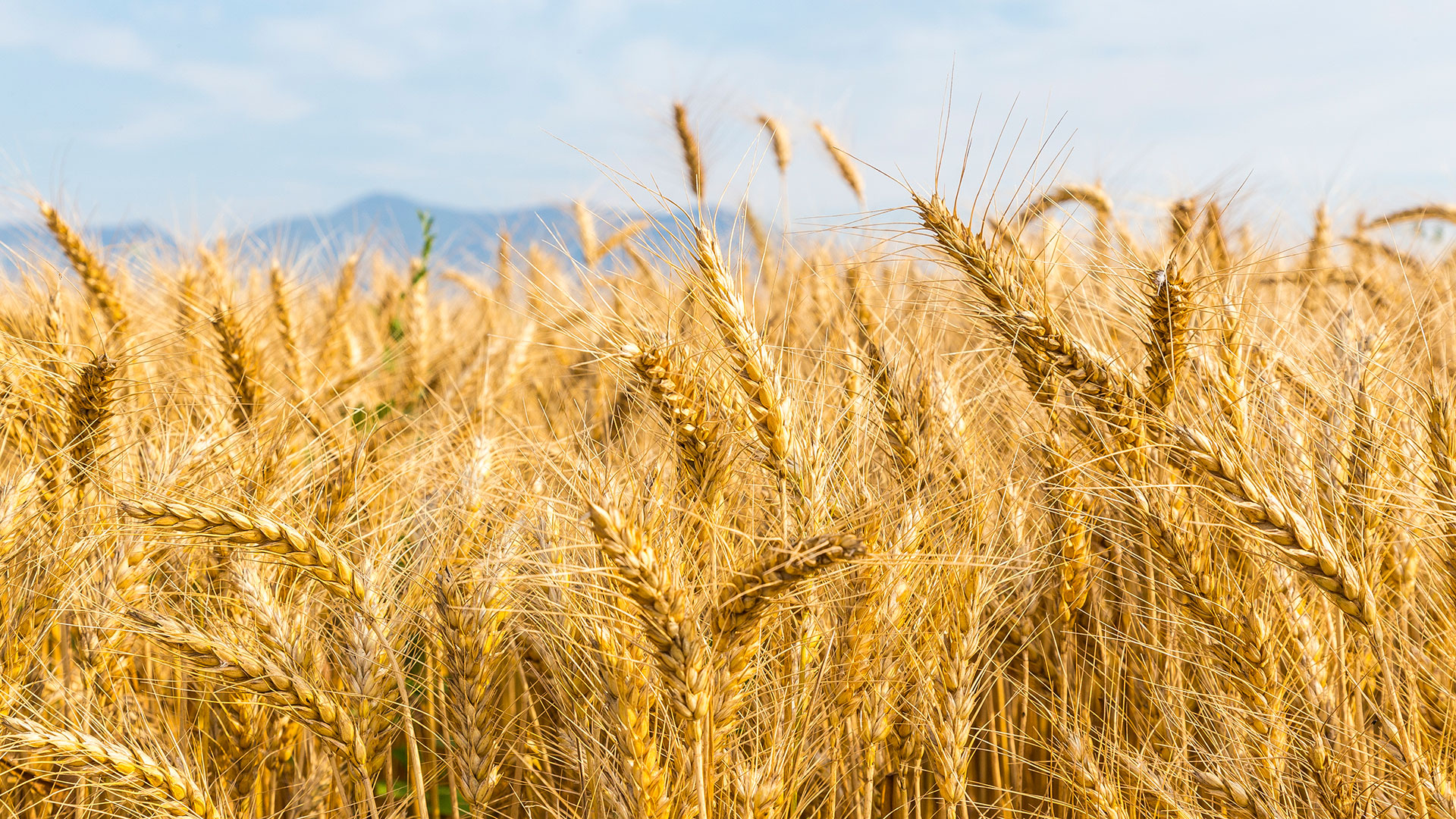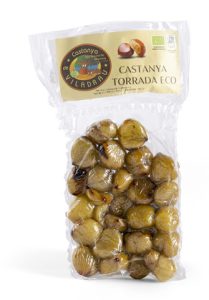
Dried fruit and nuts have been an essential dessert since the Middle Ages, as revealed by certain Christmas carols or royal chronicles. They usually appear after desserts, to accompany coffees and liqueurs, or for dessert, when you don’t know what to order or don’t feel like a big dish of pudding. This dessert of nuts and dried fruit is known as grana de capellà (‘priest’s grain’) or postres de músic (‘musician’s dessert’), depending on whether the household is religious or liberal. It is worth explaining that in both cases it was about having something in one’s pockets to snack on every time you felt faint. The musicians, because they blew all day long during the main festival: first, in the solemn service; then, for the sardana dances in the square, and finally, in the dance at night. And the priests, because they had to walk to all the parishes where they had to say mass and had little time to sit down at the table.
They ate hazelnuts, walnuts, almonds, raisins, figs, and pine-nuts because they provided a lot of energy. Some farmhouses in the country still have walnut, almond and hazelnut trees, and they go out into the forest to pick figs or stock up on pine cones, to extract the pine-nuts.
We also use dried fruit and nuts as an ingredient in many dishes, as a flavour enhancer, and as a thickener in picades (a blend of nuts, peppers and fried bread), which is a typical feature of Catalan cuisine, along with Romesco sauce, which is also based on a combination of nuts and other ingredients. There are many versions of picades and Romesco sauces, as many as there are families, lineages, towns and counties.
We also have a sweet cuisine based on dried fruit and nuts: nougats, panellets, tortells, coques, biscuits and cakes. And we can make a meal in which dried fruit and nuts feature in both the savoury and sweet dishes.
Dried fruits and nuts with the 2023-2024 Girona Excel·lent seal

Nuasets – roasted hazelnuts
The absence of locally sourced hazelnuts in the shops led five producers from Brunyola, Sant Martí Sapresa and Estanyol to jointly start the Nuasets project, which takes advantage of the magnificent hazelnut plantations in that area of the counties of Selva and Gironès. Although fields of hazelnut trees have been documented for centuries in Selva, the variety known as Brunyola has prevailed. Nuasets cultivate a black hazelnut, the most highly-rated variety, because it is balanced and very tasty. Their precise point of roasting results in an aromatic, sweet and crunchy hazelnut.
Company: Esclovellana, SL

Can Llavanera walnuts
Can Llavanera is a family farm dedicated entirely to the cultivation of its 26 hectares of walnut trees, located around the banks of the Fluvià river, in the municipalities of Crespià, in the county of Pla de l’Estany, and Cabanelles, in the county of Alt Empordà. Can Llavanera is a farmhouse that dates back to the thirteenth century. Walnut cultivation was restored at the end of the last century with the plantation of the Hartley and Pedro varieties.
Company: Can Llavanera, SL

Organic roasted chestnuts
Castanya de Viladrau specialises in the recovery of 100-year-old chestnut trees in the Montseny Natural Park. They give guided tours and harvest the wood and nuts which are used to make various products. All the chestnuts are harvested by hand, roasted artisanally with chestnut wood and left to rest in chestnut wood crates. They are peeled by machine, although they are then checked by hand, and finally vacuum packed so they retain all their natural properties and appearance.
Company: Castanya de Viladrau S.C.P